Pronghorn Doe and Fawns, Yellowstone National Park

This pronghorn doe and her fawns were photographed near the northern boundary of the park.
This site is dedicated to wildlife and landscape photography.

This pronghorn doe and her fawns were photographed near the northern boundary of the park.
About a year ago I posted a blog with my 10 favorite wildlife photos from 2011. Here are my 10 favorites for 2012. Most of this year’s photos are from Yellowstone.
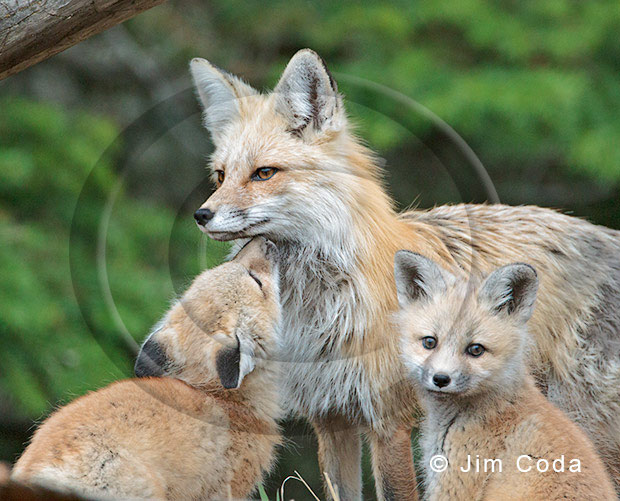
Finding and photographing this red fox vixen and her two kits was the best part of my trip to Yellowstone last spring.

Baby animals are usually photogenic and these two certainly were.

While on the subject of baby animals, this doe pronghorn kept her two fawns right around the Roosevelt Arch for a week or more. They stopped a lot of cars.
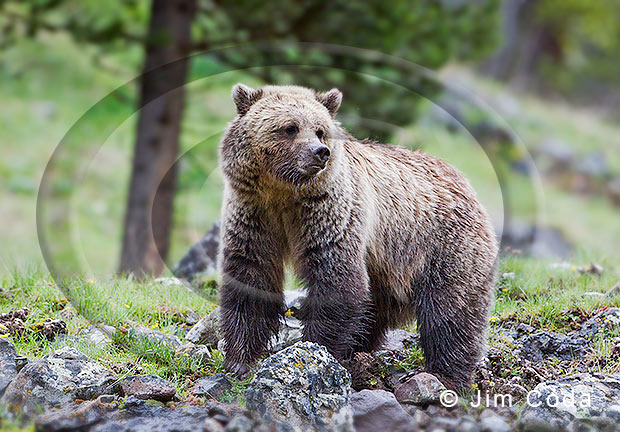
This grizzly bear spent several days in May on the slopes above Yellowstone’s Soda Butte Creek feeding on grass, roots and whatever other vegetative material grizzlies feed on in the spring.
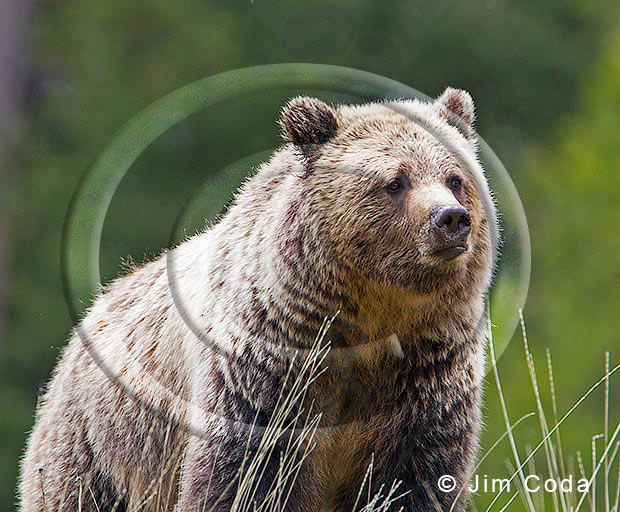
I spent a fair amount of time photographing this bear. It often looked sad to me. I think it was a young bear and perhaps it was its first spring without its mother.

I always see mountain bluebirds in Yellowstone in the spring, but until this past May I’ve never really had any good opportunities to photograph them. They seem to be constantly on the move. This May was different. They hung around.

There are always some sandhill cranes in Yellowstone in the nesting season. They usually tend to be far off though. You often hear them calling before you even spot them. I was lucky here.
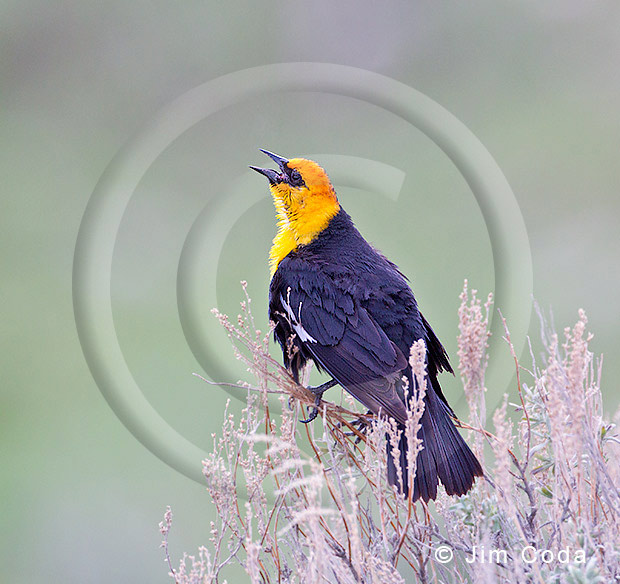
I don’t recall ever having seen a yellow-headed blackbird in Yellowstone before this spring. This male was singing to attract a mate I assume. I spotted him while driving the road to the Slough Creek Campground.

There are a lot of white-crowned sparrows in Point Reyes National Seashore in the winter. This male saved what was otherwise an uneventful day.
Coyote, Point Reyes National Seashore

The coyotes I see in the ranching areas of Point Reyes are pretty wild. By that I mean they don’t stick around when they see a human. This individual was different. He was comfortable with my photographing him. He may have previously lived in an area with heavy human recreation use.
Point Reyes is my local Yellowstone. It has a wide variety of wildlife considering where it is located. No bison or moose, but it has elk and deer. No wolves or bears, but it has coyotes, bobcats, badgers and one or more mountain lions. You’ll see elk as easily as in Yellowstone and deer more easily. You’ll see coyotes as easily as in Yellowstone and bobcats much more easily.
Well, that’s it. My 10 favorites for 2012. If you’d like to see my 10 favorites for 2011 click here.

I almost always see red foxes in Yellowstone, but I’ve never gotten a good photo of one until this year. When it rains it pours. This year I saw and photographed several, including this vixen and her two kits.
I’ve read that red foxes usually produce four to seven kits. Thus, these two may be what’s left of a larger litter. I was fortunate to be able to observe them for a while. One kit was very outgoing and the other was very shy.
Seeing baby animals is why I like to visit Yellowstone in the spring. Bear cubs and bison calves will be the first thing you’ll see in May. Elk calves, bighorn lambs and pronghorn fawns start to appear the first week in June. Deer fawns appear later in June.
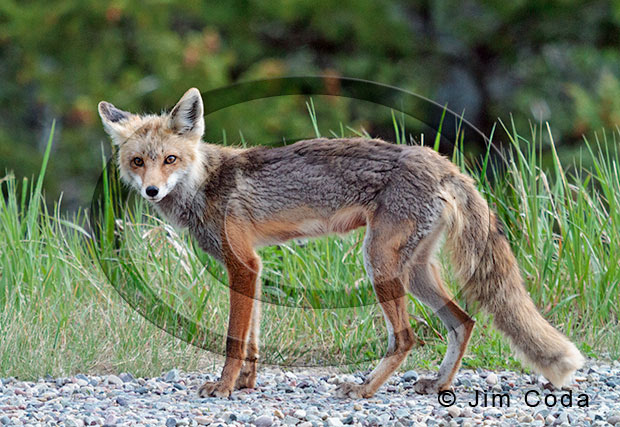
I was looking at some of my fox photos from the trip and this one looked different. I just did some checking and now realize this fox seems to be a gray fox. Red foxes have very distinctive black stockings. This one doesn’t have them. Plus its trunk is mostly gray.
Well, not really. It’s just that they’re not grazing on grass as much any more and thus not as easy to see. Elk (and pronghorn and bighorn) are giving birth and the word is out. Grass was OK when meat wasn’t readily available, but now that meat is available the bears don’t have to settle for grass. They need the protein to survive. As I was driving from Mammoth to Gardiner yesterday there was a traffic jam mid-way due to a black bear kill of an elk calf. This can be unsettling when you experience it, but that’s nature and let’s not forget most of us eat meat and it’s not much different, except we rely mostly on others to do our bidding.
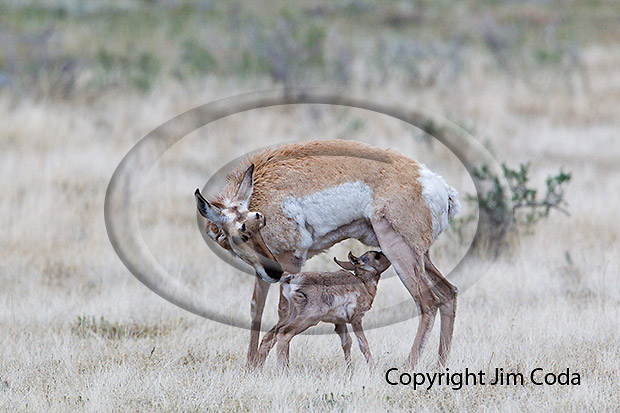
I don’t have any photos of elk calves yet, but I saw this female pronghorn and her twins close to the Roosevelt Arch the past couple of days. I’ve gotten attached to them from photographing them. I hope they survive the next four days or so until then can keep up with mom.
